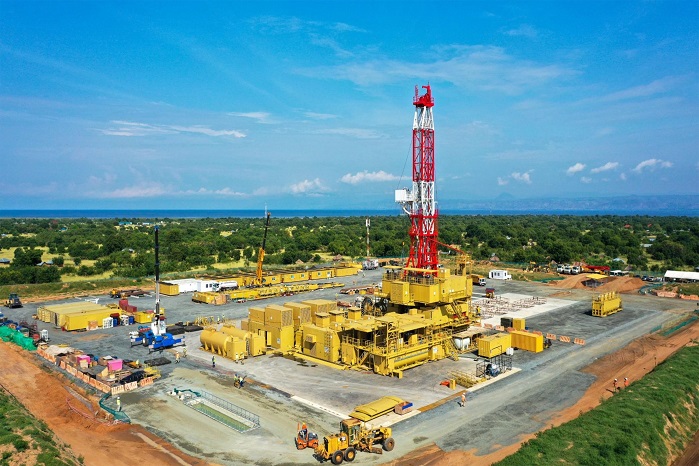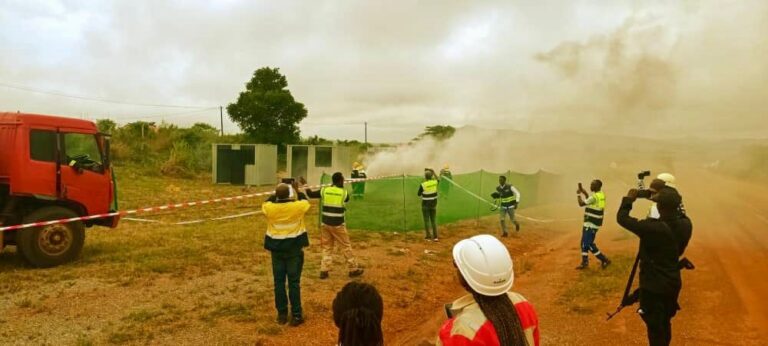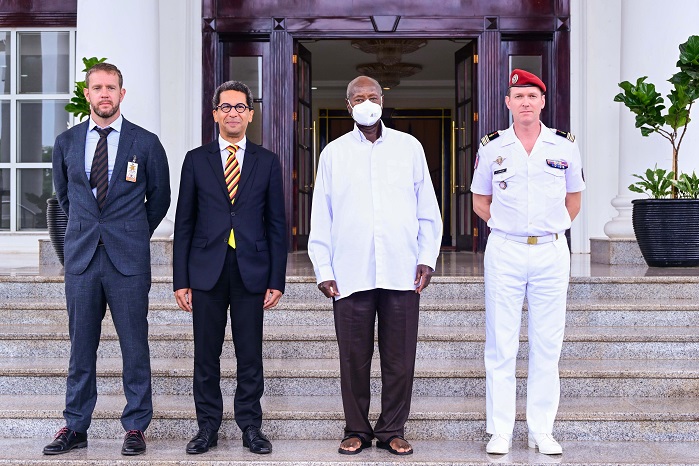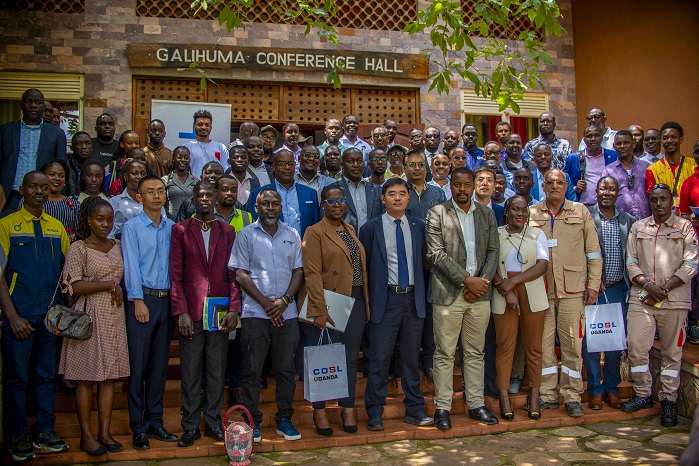
One of the oil pads ready to pump out crude oil out of the ground
HABARI DAILY I Kampala, Uganda I The date for Uganda’s first oil is still out, cutting the nay sayer’s dream that the country will never earn from its black gold. It came from the horse’s mouth this time round.
Irene Batebe, the Permanent Secretary in the Ministry of Energy and Mineral Development, said that Uganda’s long-delayed oil production target is in sight.
“Uganda’s oil development process has reached a crucial stage. All components necessary for production readiness are falling into place,” prompting us to confirm theis date,” she said.
She made the announcement during a high-level supervision visit to key oil and gas infrastructure projects in the Albertine Graben region of Bunyoro, led by Head of Public Service, Lucy Nakyobe.
This announcement comes approximately two decades since Uganda discovered its finite resource, sending excitement into the populace in anticipation of oil money.
But what should Uganda anticipate after the first drop of commercially produced oil?
In the first two years of oil production, economists say that Uganda will experience double digit growth, launching it into high middle income status, with income per capita hitting $2,000 (sh7 million). This particularly means that on average, each Ugandan will be able to earn an income of Shs 7 million per year.
Earnings to skyrocket
Economists further said that the country will be able to earn between $1 billion and $2.5 billion annually from its oil production once it reaches peak levels.
“While early revenues are expected to be in the lower end of this range, some projections estimate peak annual earnings at approximately $2 billion to $2.5 billion,” said officials at the World Bank.
These revenues, they point out, will be a result of royalties, corporate taxes, and profit-sharing agreements between the government and oil companies

Lucy Nakyobe (2nd L) and Eng. Bateebe (3rd R)during the recent tour of the Albertine Graben region of Bunyoro
In 2024, the International Monetary Fund (IMF) predicted that Uganda’s economy will grow by double-digits when oil starts flowing.
“Oil revenues will significantly contribute to economic growth and development,” reads the IMF report, adding that Uganda’s domestic revenues will gradually increase from 15 billion dollars (Shs 52 trillion) during the first year of oil production to 19 billion dollars (Shs66 trillion) in three years.
First fruits
Bateebe said that so far, the project has attracted foreign direct investment worth $7.5 billion (Shs 28.6 trillion).
She explained that Uganda’s oil journey has involved extensive preparation, including establishing a robust legal and regulatory framework, constructing vital infrastructure such as roads and the Kabalega International Airport.
The country has also built national capacity through training and local participation.
At the Kingfisher Development Area, one of Uganda’s key oil fields operated by China National Offshore Oil Corporation (CNOOC), Batebe noted that three out of four well pads are already complete, alongside significant progress on the Central Processing Facility (CPF) — the heart of the operations.
When fully operational, Kingfisher is expected to produce 40,000 barrels of oil per day (bpd), contributing to the projected 230,000 bpd at peak national production.
Nakyobe, who led the supervision mission, commended the Ministry of Energy, and implementing agencies for their commitment and tangible results.
EACOP’s last bend
Concerning the East African Crude Oil Pipeline (EACOP) which will transport Uganda’s crude oil to the Tanzanian port city of Tanga, construction is almost complete.
The $2.3-billion EACOP project is a joint venture between the Government of Uganda through the Uganda National Oil Company, Total Energies Uganda, and China National Offshore Oil Company (CNOOC).
With the delivery of the last batch of pipes for the 1,445-kilometre EACOP, Uganda’s dream of oil production is in sight.
Shipment of the crude oil pipes started in December 2023 and has been concluded with the delivery of the last 80 kilomentres of pipes.
Eighteen shipments from Panyu Chu Kong Steel Pipe Company, the manufacturers, were made on September 27 in Dar-es-Salaam Port in Tanzania.
Construction of the crude oil pipeline is progressing well across three lots: Lake Albert to Mutukula on the Tanzanian border; Mutukula to Igugono in central Tanzania; and Igugono to Chongoleni in Tanga on the Tanzanian coats.
To date, a total of 800 kilometres of the pipeline have been welded, 300 kilometres coated with liquid epoxy, and 115 kilometres buried underground. Installation of high voltage cables along the pipeline route are also ongoing.




